Best activities for developing students' writing skills
- Writing
- Teaching qualifications
- Activities
- Tips & Strategies
- Methodology
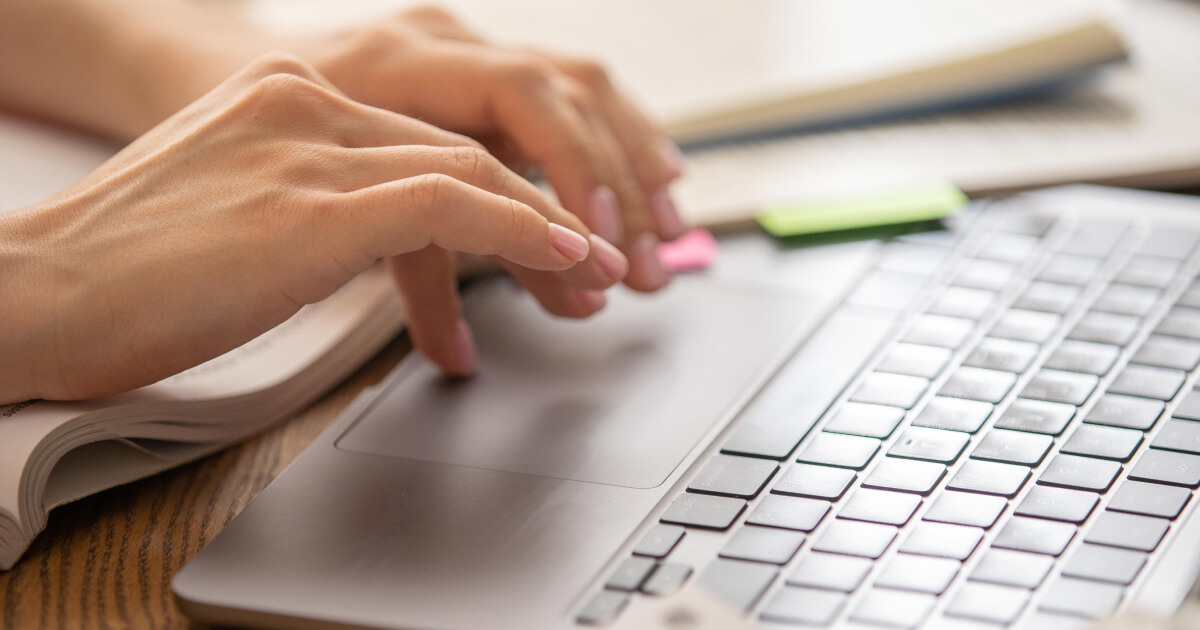
17.07.2024
Several years ago, I was teaching offline only and found it very uncomfortable to work online, especially with groups. Of course, I had some online lessons, but there were very few of them and mostly for individual students.
Then suddenly everything changed — COVID had broken out worldwide, and like many teachers I had to switch to online work.
I took this change rather skeptically at first. Teaching 10-12 people groups was hard to even imagine managing online, let alone expecting results from the students. I mean, breakout rooms? Can’t I just listen to all the students at the same time?
But quite soon I realised how many benefits online teaching had.
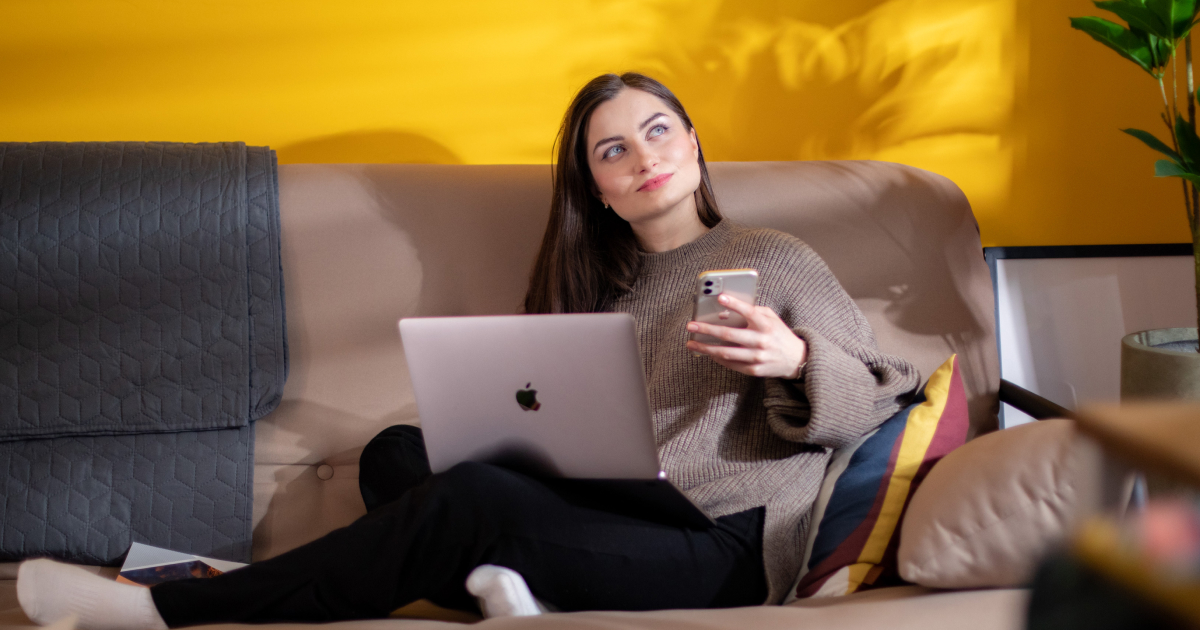
Finally, working from home made me feel safer and more relaxed, as I did not feel the anxiety of going to public places and interacting with people, risking getting sick.
It all looked great at that moment, but with time it was getting harder and harder for me to focus on getting ready for the lessons.
I had heard different jokes about procrastination before, and that time everything from those jokes happened to me.
I couldn’t pull myself together to plan a lesson, I left everything to the last minute and I couldn’t keep up with the schedule. I was constantly tired and it felt as if I was always working, although I wasn’t.
A teacher in a breakout room
The thing is that when we come home from work we usually want to relax, eat tasty food, spend time with a family or read a book. We don’t come home to work. We simply don’t perceive our home as a workspace.
Therefore, when home is in the same place as work, it is hard for our brain to distinguish between the time when we need to concentrate and the time when we need to rest.
Returning to working offline was not the option for me, so I needed to do something to organise my workspace at home so that my brain would think I was actually going to work in an office, not to relax at home.
Below, I want to share how I handled the situations I was struggling with.
If you are also struggling with the same things, my ideas below might help you organise your workspace and become more focused and productive at work.
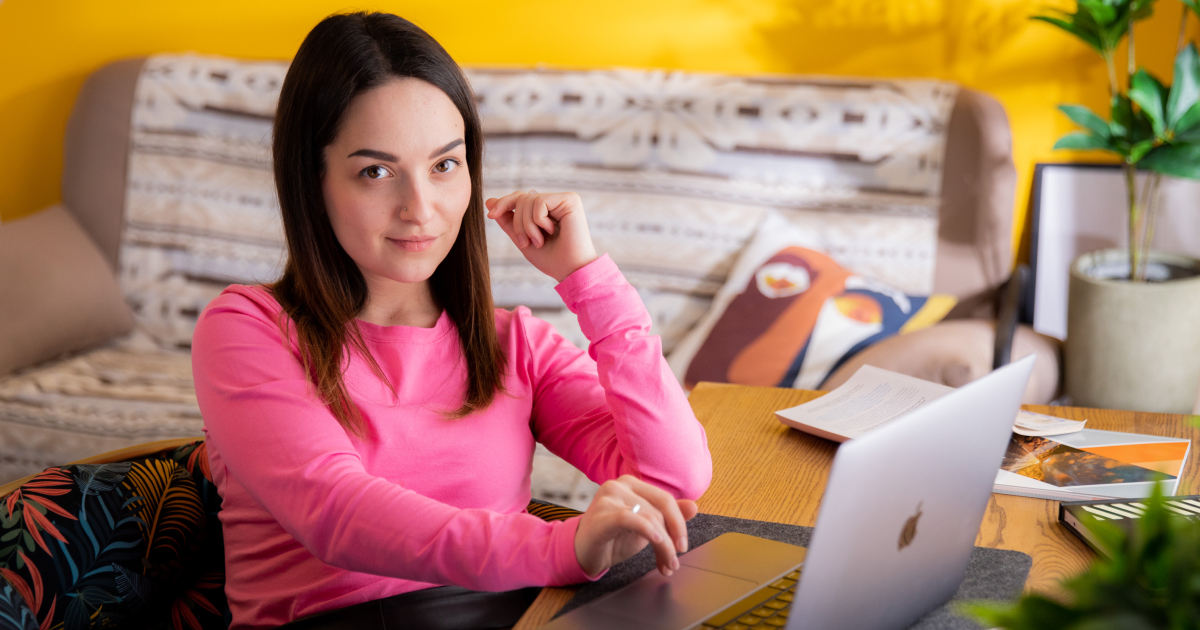
The first important thing to remember is: the tidier the space around you is, the fewer distractions you will have around you at your desk.
Organising your workspace can help you reduce ‘visual noise’ around you and help you focus on the task.
It will also help if your workspace is a separate area at home, although it doesn’t have to be a separate room. Just make sure you are not working at your dining table or your kid’s desk.
Choose a quiet place where other people at home will not distract you.
If possible, leave only necessary objects around you on the desk and hide the rest.
I am quite a messy person, so there are usually thousands of things around me: pens of different shapes and colours, notes I might not need anymore (but that’s not for sure), all possible kinds of stickers, a picture of ‘S’ I use to hint my students with the 3rd person singular in present simple etc.
So, I bought a big box, put everything there and kept it under my desk, away from my eyes but within reach if I should need those things.

Look for your first abroad opportunity!
Read nowOne more important thing is to have a task list for a day. I usually make a task list for the whole week and then arrange the tasks by days, but that is totally up to you.
It’s a good idea to prioritise the tasks: start from the most important and urgent tasks, leave the less important ones for later or the next day.
For example, if it’s 9 am and you have a lesson at 11 am, it is more reasonable to prepare this lesson first rather than the one you have in the evening.
Keep track of your tasks during the day, tick or cross out the ones done and get the sense of achievement in the end.
It is okay if some of the tasks move on to the next day, we all are people and we can’t keep up the same level of productivity all the time. Moreover, with constant power cuts in Ukraine it is not always up to us to complete all the tasks.
The point of this task list is to show you how much you have done during the day and that you have not been idle.
It will also help you understand how much time it takes you to prepare for a particular lesson and plan your day more efficiently. Note: the tasks need to be achievable, otherwise the list will only discourage you when most of the tasks there are not done.
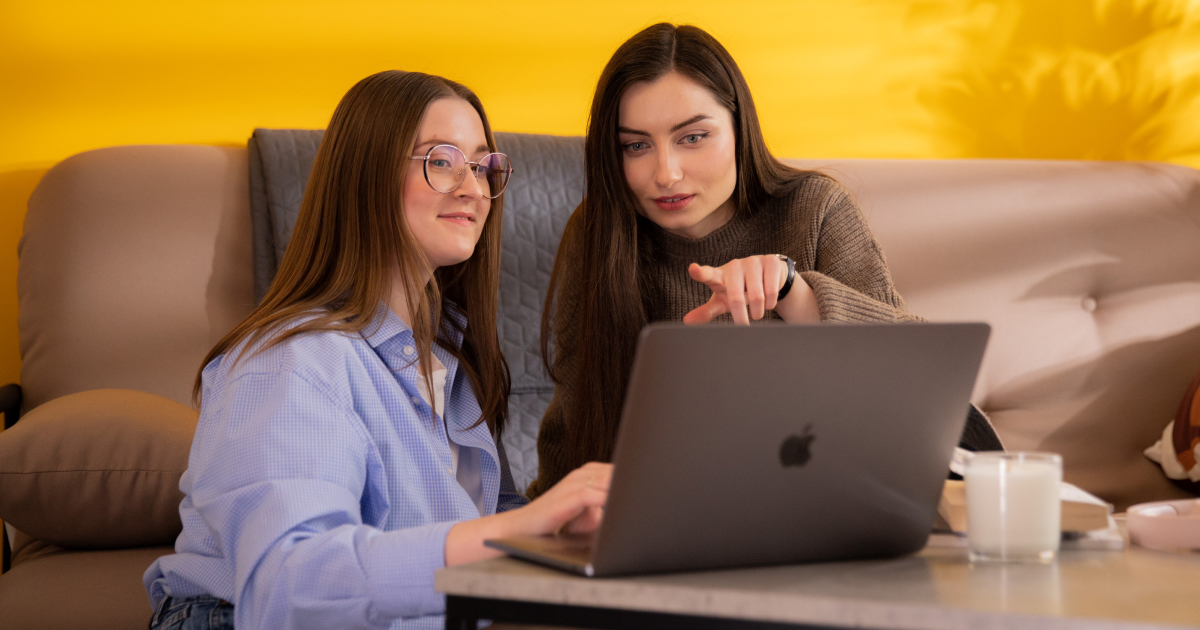
You might want to ask, ‘Okay, the task list blah-blah-blah… But I get distracted anyway. There’s my cat sleeping, so cute I need to take a photo right away. Or I get hungry. Or thirsty. Or maybe I need to read the latest news on Telegram. Should I not leave my workspace until I get the tasks done?’
Of course not! And that’s one more vital thing.
Taking regular breaks is crucial for maintaining your productivity. It is impossible to keep working with the same output for long hours.
You need to take time off regularly to help yourself unwind and relax, get that cup of coffee or even lie down for a bit (nice working from home option, by the way, which not every office can offer) and watch some funny but pointless videos on Instagram to take your mind off work.
But what is this balance? How not to spend the entire day lying in and scrolling the Instagram feed?
The Pomodoro technique is here to help!
It suggests you take a 5-minute break after every 25 minutes of work. When you have done the 25-minute cycle four times, you need to take a longer break (about 30 minutes)
You can set a usual timer on your phone or install a ‘Pomodoro timer’ app. You can choose alternatives, for example, Flow - Focus & Pomodoro Timer and Pomodoro Focus Timer. This way you won’t forget to take regular breaks and your concentration will be better.
You can read about the Pomodoro more here.
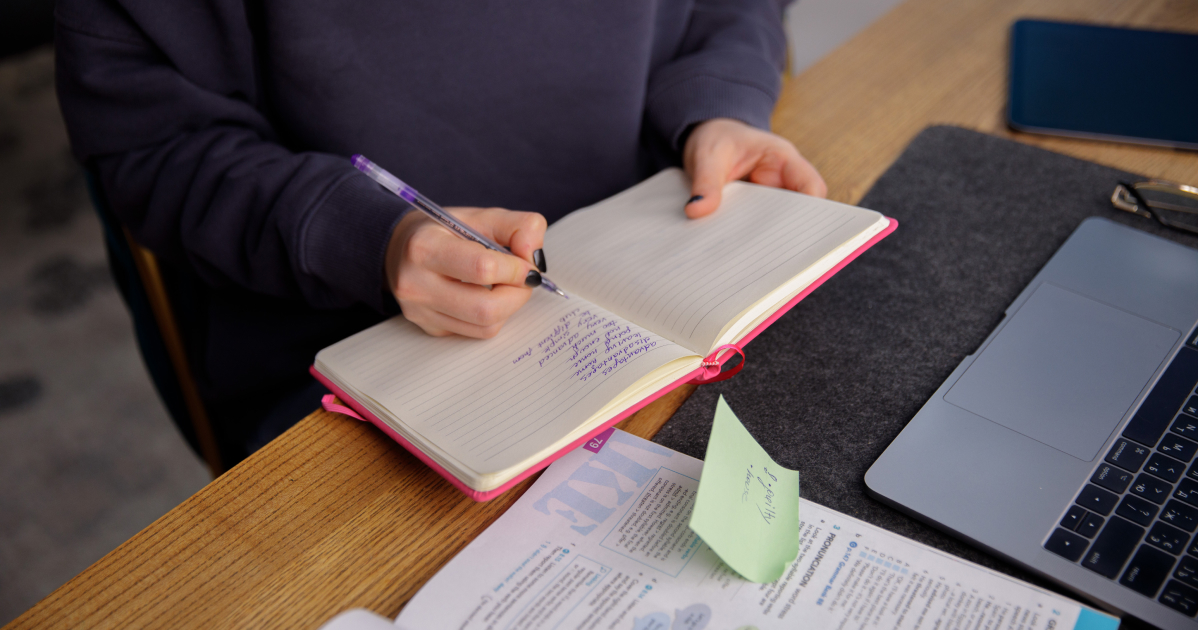
Teaching without a degree
Read nowOne more thing about modern life distractions. You might feel the need to scroll the social media or read the news updates, but sometimes we need to put that on hold to be more productive.
In the office environment it is easier to do as you are ‘pressed’ by your peers: you see them working, you feel the obligation to work too.
But when you work from home, there is no one who can stop you from scrolling your phone and procrastinating. And this might be a problem, especially when you have lots of things to do.
So, what to do in this case? Remember the Pomodoro technique?
I used the principle, but changed the timing and the process a bit and adapted it to my needs. Here is what I do.
I usually choose to work for 40 minutes straight, then I have a 10-20-minute break, depending on how tired I am or how much more work I need to do.
The secret is to concentrate on work entirely for these 40 minutes and not look away from the desk while the music is playing, not even to check the news on Telegram.
And yes, checking emails and looking at your cat’s cute sleep is also a distraction. Promise yourself you will check everything once these 40 minutes are over and catch up with all the news you have missed.
Of course, you can choose any timing option convenient for you. 40 minutes for me is how much I can concentrate on something without losing attention to detail.
This period of concentration might be different for every person, so here I would encourage you to explore your abilities and start with 25 minutes first.
But the important thing is to keep you focused on a task and not get distracted for a short period of time. I don’t use this method every day, but it helps me to get things done on busy days.
Yuliia Makovii
Author
Experienced English Teacher & TKT Exam Preparation Tutor
Comments
Leave your comment